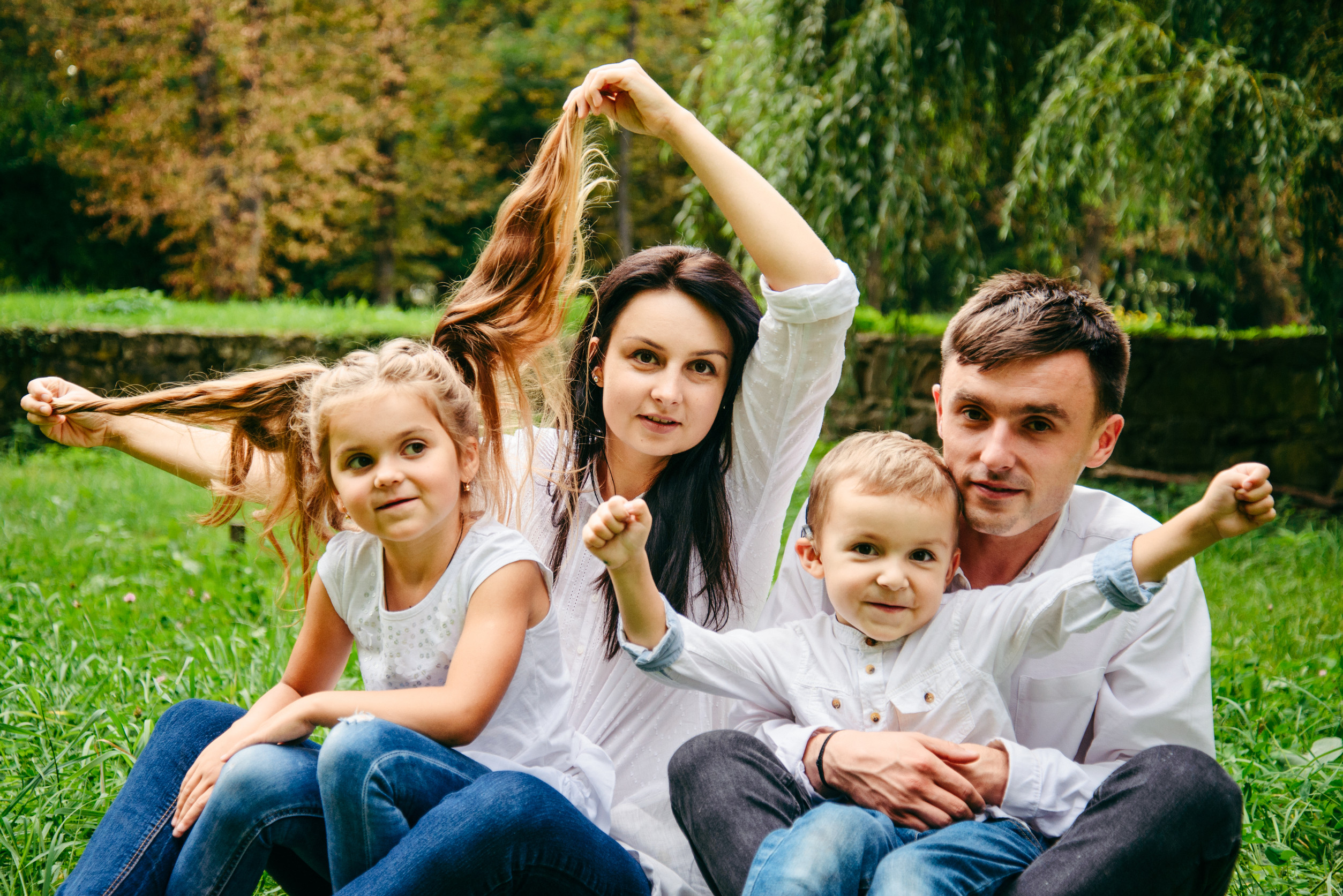The traditional family model, often defined as a two-parent household with children, has been a staple of society for centuries. However, as we approach 2025, societal shifts in culture, economics, and values have raised questions about whether this model still holds the same relevance it once did.
Changes in gender roles, marriage trends, and family structures suggest that the traditional family model may not be the only or most relevant way to define a family in today’s world.
The Evolution of Family Structures
Today, families come in all shapes and sizes, from single-parent households to multi-generational living arrangements, cohabiting couples, and blended families. The traditional nuclear family of the past is no longer the dominant model.
Many couples are choosing to marry later in life or not marry at all, while others are opting for non-traditional relationships such as open marriages or cohabitation without legal marriage. In addition, adoption and surrogacy have provided new pathways for individuals and same-sex couples to become parents. The variety of family structures today reflects how society’s understanding of family is no longer confined to one set template.
Gender Roles Are Changing
Traditionally, men were seen as the breadwinners and women as caregivers and homemakers. However, these roles have evolved significantly in recent years.
Women now make up a significant portion of the workforce, and many are pursuing careers and leadership roles in various fields. At the same time, men are taking on more domestic responsibilities, from cooking and cleaning to child-rearing. These changes challenge the traditional family structure, where each role was more rigidly defined, showing that the family dynamic is adaptable and constantly evolving in response to the needs and choices of its members.
The Impact of Technology on Family Life
In 2025, digital tools and social media are woven into the fabric of family dynamics, changing how we communicate, interact, and even raise children. Parents are more connected than ever, but this also comes with its challenges.
While technology can offer convenience and support, it also brings new concerns, such as the impact of screen time on children or the challenge of maintaining a healthy work-life balance. Many families now rely on virtual communication to stay connected, especially in a world where remote work has become more common. This technological shift highlights how the family model is adapting to the modern landscape, where digital tools are just as important as physical presence in nurturing relationships.
Changing Attitudes Toward Marriage and Parenthood
For many people, marriage is no longer seen as a necessary step to create a family, and there’s less social pressure to marry before having children.
Some people are choosing to have children on their own, using methods like sperm donation or surrogacy, while others are opting for child-free lifestyles. In addition, more people are choosing to live together before marriage or are forgoing marriage altogether. These evolving views show that the concept of family is no longer tied to a particular form, and society is increasingly accepting diverse ways of building meaningful relationships and raising children.
The Role of Extended Families and Community Support
While the nuclear family may no longer be the dominant model, the concept of “family” has expanded to include a broader support network. Extended families, such as grandparents, aunts, uncles, and cousins, play an increasingly important role in supporting both emotional and practical needs.
Many families are also relying more on community support, whether through friends, neighbors, or organized groups. These relationships offer resources, advice, and shared experiences that enrich the family structure. This shift emphasizes that family support doesn’t have to come solely from parents and children—it can be more collective, with members of society stepping in to support each other in various ways.
Is the Traditional Family Model Still Relevant?
While the traditional family model of a two-parent household with children is still relevant for many people, it is no longer the only viable or widely embraced option. The modern family has become more inclusive and flexible, shaped by individual needs, preferences, and societal changes.
In 2025, the idea of family is far more diverse and personalized. Many people are choosing to define their family in ways that feel right for them, and in doing so, they’re challenging the notion that there’s one right way to build a family. The traditional model might still hold sentimental value for some, but it’s clear that family life is no longer confined to this structure. Instead, the family has evolved to include a broad spectrum of configurations that reflect the changing values of modern society.
Definitions Have Changed, But Family Is Still Important
What’s most important is that families, regardless of their structure, provide the support, love, and nurturing that their members need. Whether a family consists of a single parent, a same-sex couple, extended relatives, or a mix of many elements, the key is that it offers a space for growth, connection, and security.
What do you think about the changing family dynamics in 2025? Do you believe the traditional family model still holds relevance, or do you think the new ways of forming families are just as valid? Hop into the comments and let us know.
Read More
3 Crucial Tips for Choosing The Right Home For Your Family
Why Some Divorces End in Relief, Not Regret



Leave a Reply